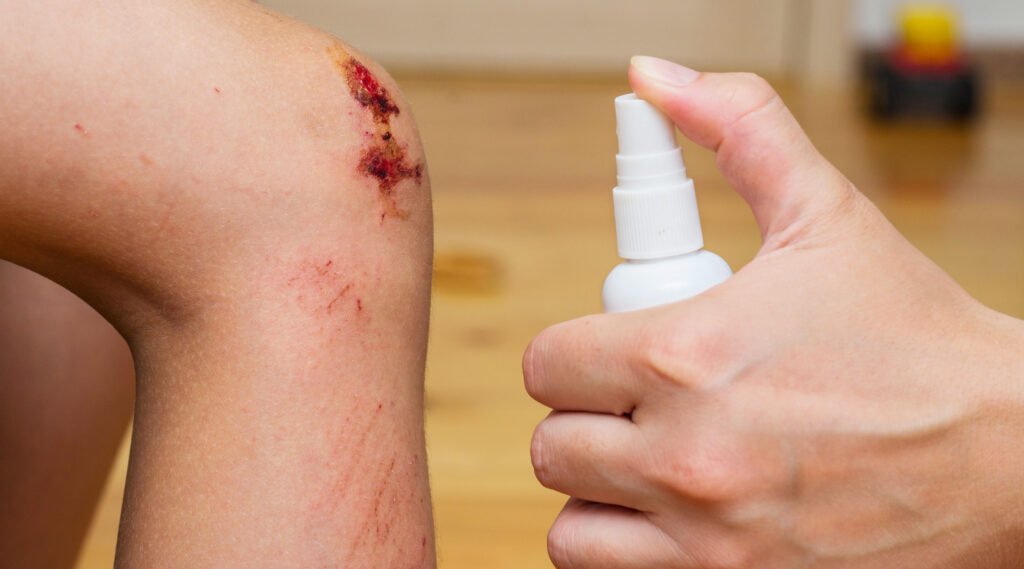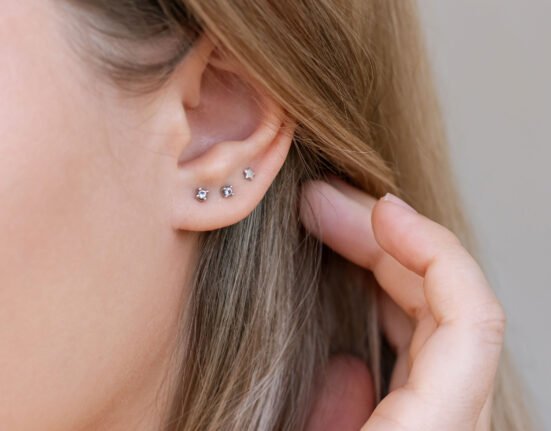Even small wounds need the right care. No matter how minor they look, all wounds heal faster when they’re properly cleaned of dirt, bacteria, or other foreign particles.
This cleaning step is especially important for acute injuries, such as cuts, scrapes, minor burns, or blisters.
But wound care isn’t just about cleaning and covering. The products you choose also play a big role in recovery.
That’s why people often ask: When should I use a cream? And when is a spray the better option?
Here’s how to tell the difference so you can take the right steps.
Why Cleaning Comes First

When your skin is injured, its natural protective barrier is broken. This makes it easy for dirt, bacteria, and other particles to enter your body.
If left untreated, this can lead to infection, not only damaging your skin further, but also slowing the healing process.
Worse still, untreated infections can spread deeper into tissues and cause serious health issues.
That’s why the first and most important step in wound care is ensuring the wound is clean and free from infection risks. Only then should you move on to the next stage of treatment.
When to Use Wound Spray

wund+™ Wound Spray is the ideal first step for treating a fresh wound. For example, if you fall and scrape your skin, this spray helps clean, hydrate, and rinse various types of wounds—quickly, easily, and without the discomfort of direct contact.
A spray is especially useful for wounds in hard-to-reach areas, such as the back or skin folds, since you can simply spray without rubbing.
wund+™ Wound Spray contains hypochlorous acid (HOCl), known for killing bacteria effectively without irritating the skin. It cleans the wound, reduces infection risk, and creates the right environment for healing to begin.
Because there’s no need to touch the wound, a spray is also perfect for larger wounds or for use on children who find wound cleaning stressful.
When to Use Cream
Once the cleaning stage is complete and the wound begins to close, it’s time to switch to cream.
A cream helps maintain moisture in the wound, allowing new tissue to form optimally. A wound that’s too dry can slow regeneration and increase the likelihood of scarring.
Here, wund+™ Regeneration Cream is a great choice. It’s specially formulated to support new tissue growth, keep the wound hydrated, and speed up healing.
It’s best used on wounds that no longer produce a lot of fluid, such as a scrape that’s starting to dry or a post-surgical wound in the recovery stage.
Tips
- Always wash your hands before treating a wound
- Change bandages or dressings regularly
- If a wound doesn’t improve in a few days or shows signs of infection—such as pus, foul odor, fever, or severe pain—see a doctor immediately
**
Spray and cream each have their role in wound care. wund+™ Wound Spray is best for the initial cleaning phase, while wund+™ Regeneration Cream supports healing after the wound starts to dry.
Using both at the right time helps wounds heal faster and safer.
For the final stage, complete your care with wund+™ Scar Gel, which contains Centella Reversa stem cells to deeply hydrate, promote skin recovery, and help minimize the appearance of scars.
Reference
Australian Journal for General Practice. Accessed in 2025. The art and science of selecting appropriate dressings for acute open wounds in general practice.














Leave feedback about this